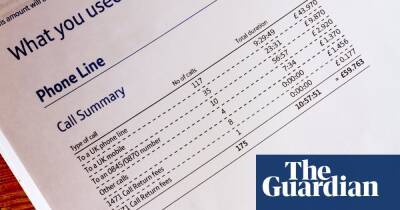How the UK can cut carbon emissions and reduce household energy bills
The UK’s reliance on gas to heat homes, generate electricity and fuel heavy industry has come at a steep cost, which is expected to keep on rising.
In recent weeks the financial hit to household incomes has reignited calls for the UK to move more urgently to break its dependence on fossil fuels in favour of home grown low-carbon energy sources.
If UK homes were better insulated, warmed by low-carbon alternatives and powered by renewables then bill payers would be better off, according to experts.
The cost of supporting the UK’s green policies is falling fast too. Green levies, including support for social schemes, renewable subsidies and energy efficiency, tumbled from £186 on the average annual energy bill under the energy regulator’s summer 2021 cap on standard energy tariffs to £173 over the winter, according to analysis by industry journal Carbon Brief. Under the next energy price cap, which is set to surge to an average of almost £2,000 a year from April, policy costs will fall to £155, according to the analysis.
So can going green help keep a lid on home energy bills as well as carbon emissions? Here are the top ways the UK can guard homes against future gas market shocks while tackling the climate crisis too.
Generating more electricity from renewable energy is a guaranteed way to avoid firing up gas power plants and protecting electricity bills from gas market shocks.
Under the government’s scheme to support renewable energy projects, windfarms and solar panels receive payments from household energy bills to top up the earnings from the energy market to an agreed level, or “strike price”. But in return they are expected to pay cash back to consumers when market prices surge above this set subsidy level.
Over this
Read more on theguardian.com





















